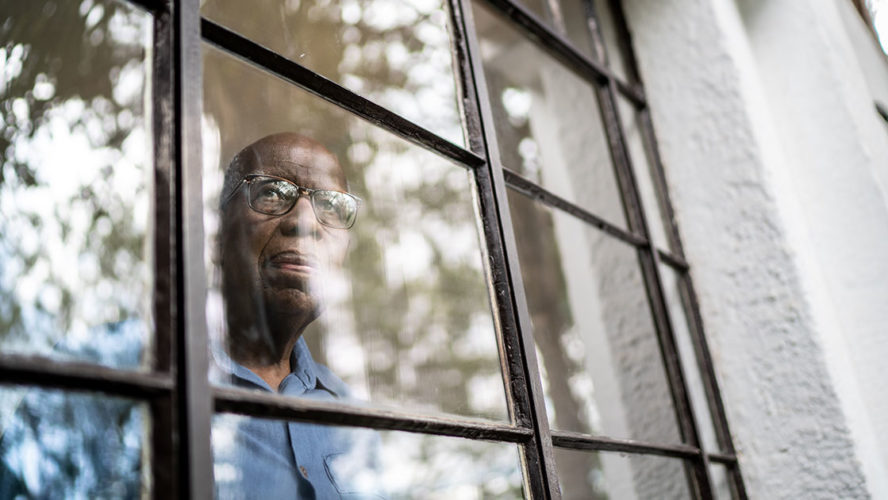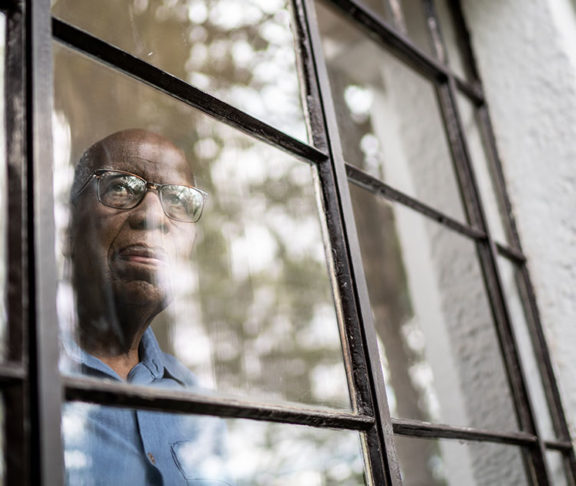Signs of Alzheimer’s disease are often written off as a natural part of getting older, but this common killer can be prevented and delayed if you know what to look for.
Growing up in Texas where I lived with my grandmother, she and others would often crack jokes whenever someone would forget where their coffee was, misplaced their keys, or lost track of what they were saying mid-sentence. “Looks like your old-timers is setting in,” was a common joke. The intention wasn’t to be cruel; there was no indication at the time that anyone was at risk for developing Alzheimer’s, they just meant to be funny.
Of course, for those living with Alzheimer’s and their caregivers, this cruel disease is anything but a joke. Alzheimer’s robs people of their dignity and ultimately kills them, leaving loved ones with few options but to provide comfort and care as they bear witness to the devastation brought on by the sixth leading killer in our country, and the only top-10 disease without a cure. That devastation is experienced more acutely by women, who account for about 65% of Alzheimer’s cases, and people of color. In fact, by 2030, nearly 40% of Alzheimer’s patients in the United States will be Latino or Black.
As the years went on, my grandmother began repeating the same stories over and over, sometimes even during the same phone call. But she was old, so no one thought much about it — until she burned down her house. The mistake was simple enough. She regularly kept a coffee can of bacon grease on the stove (common in the South for cooking), and one day when she forgot to turn off the stove, the grease caught fire, destroying her home and sending an untold amount of money stashed in walls flying up in smoke. That’s when we knew it was time to find her a new home that could provide her with the care she needed.
What to know about Alzheimer’s
My family’s story is not unique. Because of a combination of stigma and the belief that Alzheimer’s is just a natural part of growing older, families aren’t having the conversations they should about this disease, nor are Americans at large engaging in simple steps we all can take to reduce our risk of developing dementia.
First, early detection is key. Last year, UsAgainstAlzheimer’s launched BrainGuide (mybrainguide.org or 1-855-BRAIN-411), a resource where anyone concerned about their brain health, or that of a loved one, can take a free and confidential memory questionnaire in English or Spanish. While BrainGuide does not provide a diagnosis, users gain knowledge about their brain health as well information and resources to help them take the next steps in managing their brain health, whether that means raising the topic of memory with loved ones or providers.
Second, there’s the matter of treatment. More than 6 million Americans have Alzheimer’s, yet there is no cure. One treatment that slows the progression of the disease is currently on the market with similar drugs in its class on the path to approval.
Finally, there are things we can all do to reduce the risk of developing Alzheimer’s disease: increase exercise, improve nutrition, get sleep, and manage conditions like hypertension and depression. Learn more about what you can do at UsAgainstAlzheimers.org.

